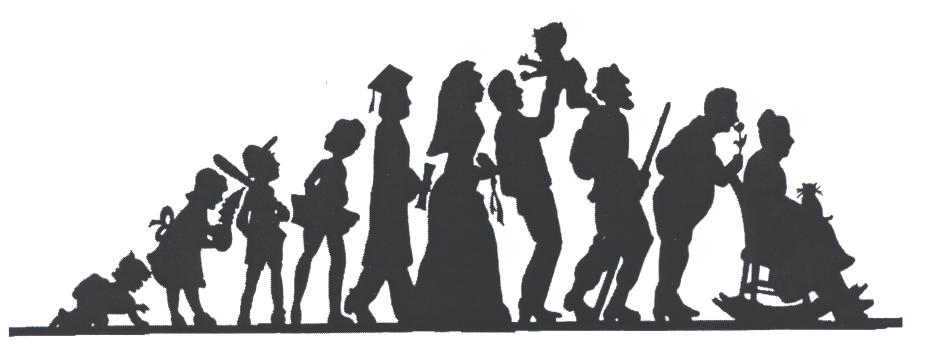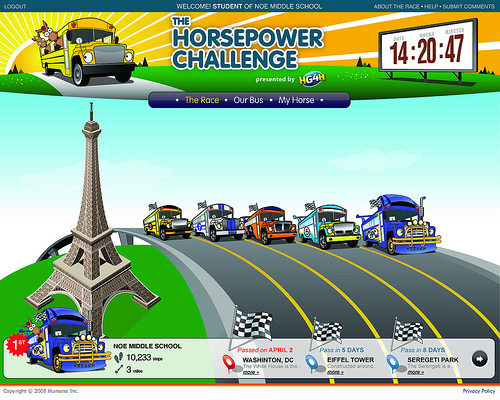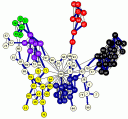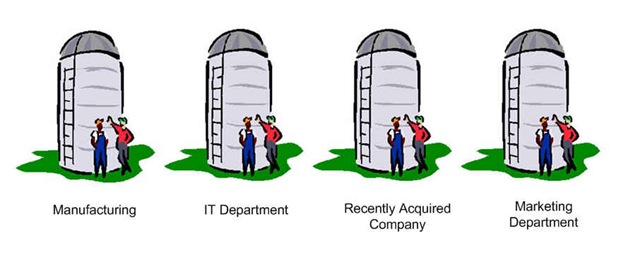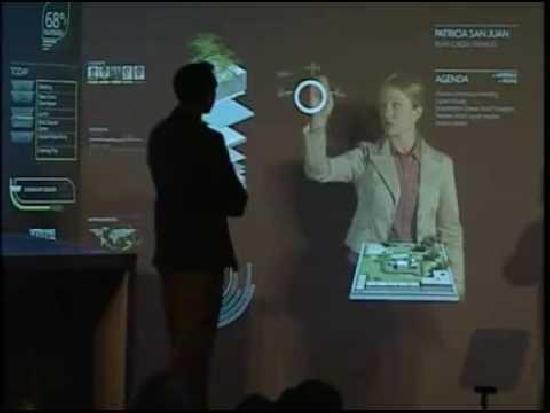What Leaders Want Most – Help With Complexity!
Friday, July 30th, 2010The 2010 IBM Global CEO Study, Capitalizing on Complexity, is a must read for any designer that is working on leadership programs. The study is unique and is based on 1500+ in person interviews with senior leaders in 60 countries and 33 industries. It identifies the number one unmet cognitive need for this group – dealing with accelerating complexity – and identifies creativity as the number one leadership attribute. To quote:
“Facing a world becoming dramatically more complex, it is interesting that CEOs selected creativity as the most important leadership attribute. Creative leaders invite disruptive innovation, encourage others to drop outdated approaches and take balanced risks. They are open-minded and inventive in expanding their management and communication styles, particularly to engage with a new generation of employees, partners and customers.”
Many of the leaders interviewed do no believe they are prepared to navigate the complexity ahead. Creativity is not the only cognitive leadership attribute near the top of the list, global thinking was ranked number three.
In addition to creative leadership, the report identifies two other factors for successfully capitalizing on complexity:
“1. Reinventing customer relationships – with the Internet, new channels and globalising customers, organisations have to rethink approaches to better understand, interact with and serve their customers and citizens
2. Building operating dexterity – while rising complexity may sound threatening at first, reframing that initial reaction is fundamentally important. Successful CEOs refashion their organisations, making them faster, more flexible and capable of using complexity to their advantage.”
Developing creative global thinking leaders, robust customer interactions and operating dexterity all require top shelf cognitive designs.
There is no way to tame and ultimately capitalize on complexity unless the systems and solutions we put in place are optimized for how minds naturally work.

